How to Repair Damp Internal Walls

Damp internal walls should be immediately rectified once observed in the house. Immediate resolution can save your health and money, as letting a damp wall will cost you a significant amount for a new paint job. To treat damp walls, you must first find the underlying cause of the dampness and fix it. Once that is considered, look into the many damp proofing options available and choose the most suitable one for your living space. Here are the practical steps you can take to treat damp internal walls.
The Side Effects of Damp Internal Walls
A major issue many homes across the United Kingdom face is damp walls. It is an all too familiar sight when the damp atmosphere outside begins to show inside your house with unsightly water patches on walls. These patches are usually raised water stains and are accompanied by peeling and cracking paint. These patches are not only aesthetically bad for the house, but their consequent side effects also harm the residents’ health. Damp walls lend to a decrease in the temperature inside the house as the dampness prevents heat insulation. The musty odour of the dampness is an assault on the senses, and the mould that can grow on these damp walls is a health hazard as the spores can cause damage to respiratory airways when inhaled.
Causes of Damp Walls
In order to fully resolve the damp issue in your house, you need to identify the cause and types of dampness affecting your property. These observations can help you choose the correct damp proofing option and avoid the recurrence of the issue. These are the most common types of damp affecting houses:
1) Rising Damp
Rising damp occurs when groundwater travels through walls due to capillary action. It is akin to the moisture being sucked through a network of tubes in the bricks of the wall where it settles. Rising damp affects ground floor walls and also predominantly affects the skirting. The tell-tale sign of rising damp is the presence of salts, as groundwater contains salt, which begins to show on the walls. The initial symptom of rising damp is deteriorating pain and plaster and wallpaper peeling.
Rising damp is a pretty severe issue as it causes the seeping of moisture into the internal structure of the walls. Treating it requires a damp-proof course that we will discuss further in our treatments section.
2) Condensation
Damp from condensation occurs due to excess water vapour in the house. The excess moisture within the house settles on walls and steams up windows. This usually happens when there is poor ventilation in a house which causes the stagnation of water vapour. The most common sign of damp occurring from condensation is black spot mould on the walls
3) Penetrating Damp
Penetrating damp occurs when moisture from the external façade of the walls seeps in due to building defects. These can include joints and masonry faults and blocked gutters and pipes. This can occur at any level of the house and can be easily observed.
Options for Damp Proofing Internal Walls

There are several options available on the market to fix internal damp walls. The key to choosing the right one is identifying the type of damp and then picking the treatment that will fully resolve it. For example, since rising damp affects the internal structure of walls, it cannot be treated with just damp-proof paint. It is, therefore, essential to do your research when choosing a damp proofing option that best fits your situation. These are the most commonly used treatments for damp walls:
1) Fix Your Damp Proof Course
Properties usually come with a damp-proof course, a barrier that obstructs groundwater from seeping into the wall. Rising damp occurs due to tears in the damp-proof course. You can DIY the fixing, but in case of significant damage to the damp-proof course, it is advisable to hire a professional to bolster your damp-proof course and eliminate rising damp.
2) Damp-Proof Membranes
This treatment best suits penetrating damp. After fixing the external problems causing the moisture to penetrate through the walls, the internal structure should be fitted with damp-proof membranes to avoid recurrence of penetrating damp. These membranes are made of flexible plastic that are impervious to any kind of moisture. They can be fitted into walls and floors to ensure that damp-proofing lasts for long.
3) Damp-Proof Paint
Damp-proof paints contain a water-reactive polymer that does not allow moisture to settle on its surface. This paint can provide the desired finish for your walls and help avoid any condensation damp and the mould that accompanies it.
Step-by-Step Guide
To sum it up follow these steps to treat a damp internal wall:
- Identify the type and cause of the damp
- Research the most suitable option for your damp wall
- Carry out the treatment
- Clean up and redecorate.
How to Fix Damp Internal Walls: Effective Solutions for a Dry Home
Addressing damp internal walls is crucial for maintaining a healthy living environment. Start by identifying the source of dampness, which could be rising damp, condensation, or penetrating damp. For rising damp, consider installing a damp-proof course (DPC) or using damp-proofing cream. Improve ventilation to combat condensation by opening windows regularly and using extractor fans. For penetrating damp, repair any external cracks or damaged pointing. Once the source is addressed, use a dehumidifier to dry out the affected area before applying any treatments or redecorating.

How to Fix Damp Interior Walls: Restoring Comfort and Aesthetics
Fixing damp interior walls involves a multi-step approach to ensure long-lasting results. Begin by thoroughly assessing the extent of the damage and identifying the type of damp. For condensation issues, improve air circulation and consider installing a mechanical ventilation system. If dealing with penetrating damp, seal any external cracks and ensure proper drainage around your property. For severe cases, remove damaged plaster, allow the wall to dry completely, and apply a waterproof render before replastering. Always address the root cause of dampness before cosmetic repairs to prevent recurrence.
How to Fix Rising Damp Internal Walls: Combating Moisture from the Ground Up
Tackling rising damp in internal walls requires targeted interventions. The most effective solution is often installing a new damp-proof course (DPC). This can be done through chemical injection or by inserting a physical damp-proof membrane. After treatment, allow walls to dry thoroughly, which may take several months. Remove any salt-contaminated plaster up to 1 metre above the damp level and replaster using a damp-resistant render. Improve ground drainage around your property to reduce moisture levels. Consider using breathable paints on treated walls to allow any residual moisture to escape.
How to Repair a Damp Internal Wall from Inside: Interior Solutions for Moisture Problems
Repairing damp internal walls from the inside involves both treating the damp and restoring the wall's appearance. First, identify and address the damp source. For minor issues, apply a damp-proof paint or tanking slurry to create a waterproof barrier. In more severe cases, remove damaged plaster to at least 300mm above the damp line. Allow the wall to dry completely, then apply a salt-resistant render before replastering. Use moisture-resistant materials for any repairs and consider installing a small electric dehumidifier to maintain low humidity levels in the affected room.
How Do You Fix a Damp Internal Wall: Step-by-Step Approach
Fixing a damp internal wall requires a systematic approach. Begin by diagnosing the type of damp - rising, penetrating, or condensation. For rising damp, install a chemical damp-proof course. Address penetrating damp by repairing external issues like faulty guttering or cracked rendering. Combat condensation by improving ventilation and using dehumidifiers. Once the source is addressed, remove damaged plaster, allow the wall to dry thoroughly, and apply a damp-resistant treatment before replastering. Finally, use breathable paints to allow the wall to regulate moisture naturally.
How Do You Treat Damp Internal Walls: Effective Remedies and Prevention
Treating damp internal walls involves both immediate remedies and long-term prevention. For immediate treatment, use a dehumidifier to reduce moisture levels and improve ventilation. Apply a fungicidal wash to remove any mould growth. For long-term solutions, consider installing a damp-proof course for rising damp or repairing external defects for penetrating damp. Use damp-resistant plaster and paints when redecorating. Implement preventive measures like improving insulation, maintaining good air circulation, and regularly checking for leaks or drainage issues to keep walls dry in the future.

How to Dry Out Damp Internal Walls: Restoring Wall Integrity
Drying out damp internal walls is a crucial step in the repair process. Start by addressing the source of moisture to prevent further ingress. Use dehumidifiers and fans to circulate air and speed up the drying process. For severe cases, consider using heaters in conjunction with dehumidifiers, but monitor closely to avoid creating ideal conditions for mould growth. Remove any wet plaster or wallpaper to allow the underlying wall to breathe. This process can take several weeks or even months for thick walls. Once dry, apply a moisture meter to confirm the wall's readiness for treatment and redecoration.
How to Repair Damp Wall Damage: Restoring Structural Integrity and Aesthetics
Repairing damp wall damage involves both structural and cosmetic work. Begin by thoroughly drying the wall using dehumidifiers and adequate ventilation. Remove all damaged plaster and allow the bare wall to dry completely. Treat the wall with a damp-proofing solution appropriate for the type of damp identified. For rising damp, consider installing a new damp-proof course. Once treated, apply a salt-resistant render followed by a damp-resistant plaster. Finally, decorate with breathable paints to allow any residual moisture to escape. Regular maintenance and monitoring are key to preventing future damp issues.
How to Repair Wall Dampness: Comprehensive Solutions for Moisture Problems
Repairing wall dampness requires a holistic approach to ensure long-lasting results. Start by identifying the source of dampness - whether it's rising damp, penetrating damp, or condensation. For rising damp, install a chemical damp-proof course. Address penetrating damp by repairing external issues like faulty guttering or cracks in the wall. Combat condensation by improving ventilation and using dehumidifiers. Once the source is addressed, remove damaged plaster, allow the wall to dry thoroughly, and apply a damp-resistant treatment before replastering. Use moisture-resistant materials for repairs and consider thermal insulation to prevent future condensation issues.
How to Repair Dampness in Walls: Effective Techniques for a Dry Home
Repairing dampness in walls involves a series of steps to ensure thorough treatment. Begin by conducting a comprehensive damp survey to identify all affected areas and the type of damp present. For rising damp, install a new damp-proof course using chemical injection or physical damp-proof membrane insertion. Treat penetrating damp by repairing external defects and improving drainage around the property. For condensation, improve ventilation and consider installing a mechanical extraction system. Remove all damaged plaster and salt-contaminated materials. Apply a damp-resistant render and replaster using materials suitable for damp conditions. Finally, decorate with breathable paints to allow the wall to regulate moisture naturally.
How to Repair Damp Plaster Walls: Restoring Smooth and Dry Surfaces
Repairing damp plaster walls requires careful attention to both the underlying cause and the damaged surface. First, identify and address the source of dampness. Remove all damaged and salt-contaminated plaster, typically to at least 300mm above the visible damp line. Allow the exposed wall to dry completely, which may take several weeks. Apply a damp-proofing treatment appropriate for the type of damp identified. Use a salt-resistant render as a base layer, followed by a damp-resistant plaster. For a smooth finish, apply a skim coat once the base layers have fully dried. Decorate with breathable paints to allow any residual moisture to escape and prevent future damp issues.
How to Repair Damp Damaged Walls: Comprehensive Restoration Techniques
Repairing damp damaged walls involves a thorough process to ensure long-lasting results. Begin by identifying and addressing the source of dampness. Remove all damaged plaster and contaminated materials, typically extending removal to at least 1 metre above the visible damp line. Allow the wall to dry completely, which may take several months for thick walls. Apply a damp-proofing treatment suitable for the type of damp identified. For rising damp, consider installing a new damp-proof course. Use a salt-resistant render as a base layer, followed by a damp-resistant plaster. Finish with breathable paints to allow the wall to regulate moisture naturally. Implement preventive measures like improving ventilation and insulation to avoid future damp issues.
How to Repair Damp Patches on Walls: Targeted Solutions for Localised Issues
Repairing damp patches on walls requires a focused approach to address localised moisture problems. Start by identifying the cause of the damp patch, which could be condensation, a leak, or localised penetrating damp. For condensation, improve ventilation and consider using a dehumidifier. If it's a leak, repair the source promptly. For penetrating damp, check for and repair any external defects like cracked rendering or faulty guttering. Once the cause is addressed, remove any damaged plaster from the affected area, extending removal to at least 300mm beyond the visible damp patch. Allow the area to dry thoroughly, then apply a damp-resistant treatment before replastering. Use breathable paints for the final decoration to allow any residual moisture to escape.
How to Repair Rising Damp Walls: Effective Treatments from Ground Up
Repairing walls affected by rising damp requires a comprehensive approach to prevent future moisture ingress. The most effective solution is installing a new damp-proof course (DPC). This can be done through chemical injection or by inserting a physical damp-proof membrane. After treatment, allow walls to dry thoroughly, which may take several months. Remove all salt-contaminated plaster up to 1 metre above the damp level. Apply a salt-resistant render followed by a damp-resistant plaster. Improve ground drainage around your property to reduce moisture levels. Use breathable paints on treated walls to allow any residual moisture to escape. Regular monitoring and maintenance are crucial to ensure the long-term effectiveness of the treatment.
How Much Does It Cost to Repair Damp Walls: Understanding the Financial Implications
The cost of repairing damp walls can vary significantly depending on the extent of the damage and the required treatments. Minor repairs for small damp patches might cost between £200 to £500. Installing a new damp-proof course typically ranges from £500 to £2,500, depending on the size of the property. Replastering damp walls can cost £20 to £50 per square metre. For severe cases requiring extensive treatment and renovation, costs can escalate to £5,000 or more. Additional expenses may include redecorating, which can add £500 to £1,000 to the total. It's crucial to obtain multiple quotes from reputable damp specialists and consider the long-term benefits of thorough treatment to prevent future issues and additional costs.
How to Fix Damp Walls: Comprehensive Guide to Moisture Management
Fixing damp walls involves a multi-step process to ensure effective and lasting results. Begin by identifying the type of damp - rising, penetrating, or condensation. For rising damp, install a chemical damp-proof course. Address penetrating damp by repairing external issues like faulty guttering or cracked rendering. Combat condensation by improving ventilation and using dehumidifiers. Once the source is addressed, remove damaged plaster, allow the wall to dry thoroughly, and apply a damp-resistant treatment before replastering. Use breathable paints for decoration to allow natural moisture regulation. Implement preventive measures like improving insulation and maintaining good air circulation to keep walls dry in the future.
How to Fix Damp Walls Permanently: Long-lasting Solutions for a Dry Home
Permanently fixing damp walls requires addressing both the immediate issues and implementing preventive measures. Start with a thorough damp survey to identify all sources of moisture. For rising damp, install a new damp-proof course using chemical injection or physical membrane insertion. Treat penetrating damp by repairing external defects and improving drainage around the property. Combat condensation with improved ventilation and insulation. Remove all damaged and salt-contaminated materials, then apply damp-resistant treatments and replaster using suitable materials. Use breathable paints for decoration. Implement ongoing measures like regular maintenance checks, ensuring good air circulation, and promptly addressing any leaks or drainage issues. Remember, permanent solutions often require a combination of treatments and ongoing vigilance to maintain a dry, healthy home environment.
People Also Asked
How to repair a damp internal wall from inside?
To repair a damp internal wall from inside, start by identifying the source of moisture. Apply a waterproof sealant to the affected area, ensure proper ventilation, and use dehumidifiers to reduce overall humidity levels.
Can moisture in walls be fixed?
Yes, moisture in walls can be fixed. The key is to address the root cause, which may include fixing leaks, improving drainage, or applying damp-proof treatments. Proper ventilation and moisture barriers are crucial for long-term solutions.
How to treat rising damp walls internally?
Treat rising damp internally by installing a chemical damp-proof course (DPC) or using electro-osmosis systems. Remove damaged plaster, apply a waterproof render, and finish with a breathable paint to allow the wall to dry out naturally.
How do you stop damp coming through an internal wall?
Stop damp from penetrating internal walls by improving ventilation, using dehumidifiers, and applying waterproof sealants. Address any external issues like damaged gutters or poor drainage that may be contributing to the problem.
How to dry out damp internal walls?
To dry out damp internal walls, increase air circulation with fans, use dehumidifiers to remove excess moisture, and apply heat to accelerate the drying process. Remove any wet materials and ensure the source of dampness is addressed.
Will a dehumidifier dry out damp walls?
A dehumidifier can help dry out damp walls by reducing overall humidity levels in the room. While it's not a complete solution, it can be an effective part of a broader strategy to combat dampness, especially when combined with proper ventilation.
What is the best solution for damp walls?
The best solution for damp walls involves a multi-faceted approach: identify and fix the source of moisture, improve ventilation, use dehumidifiers, apply waterproof treatments, and ensure proper drainage around the property's exterior.
How do you seal damp interior walls?
Seal damp interior walls by first allowing them to dry completely. Apply a waterproof primer followed by a moisture-resistant paint or sealant. For severe cases, consider using a tanking slurry to create a waterproof barrier.
Can damp proofing be done from inside?
Damp proofing can be done from inside, although it's often less effective than external treatments. Internal methods include applying waterproof renders, installing membrane systems, or using chemical injection damp-proof courses.
How do you fix internal dampness?
Fix internal dampness by improving ventilation, using dehumidifiers, and addressing the source of moisture. Apply damp-proof treatments to affected walls, repair any leaks, and ensure proper drainage around the building's exterior.
How do you remove moisture from inside walls?
Remove moisture from inside walls by increasing air circulation, using dehumidifiers, and applying heat. For severe cases, consider removing affected plaster, allowing the wall to dry thoroughly, and then replastering with a waterproof render.
What is the main cause of damp on internal walls?
The main causes of damp on internal walls include poor ventilation, condensation, rising damp, and penetrating damp from external sources. Identifying the specific cause is crucial for implementing an effective solution.
How do you fix moisture behind a wall?
To fix moisture behind a wall, first locate and repair the source of water intrusion. Remove affected drywall or plaster, dry the area thoroughly, treat with anti-mold solutions if necessary, and replace with moisture-resistant materials. Improve ventilation to prevent future issues.
What is the best way to treat damp walls internally?
The best way to treat damp walls internally involves a multi-step approach. First, identify and address the source of moisture. Then, improve ventilation in the affected area. Apply a waterproof sealant to prevent further moisture ingress. Finally, use dehumidifiers to reduce ambient moisture. For severe cases, consider installing a damp-proof course or seeking professional assistance.
Can damp walls be repaired?
Yes, damp walls can be repaired. The success of the repair depends on correctly identifying the cause of dampness and applying appropriate solutions. Methods range from simple DIY fixes like improving ventilation to professional treatments such as chemical damp-proof courses. With proper diagnosis and treatment, most damp wall issues can be effectively resolved.
How to remove moisture from inside walls?
To remove moisture from inside walls:
- Improve ventilation by opening windows and using fans
- Use dehumidifiers to reduce ambient moisture
- Apply heat to accelerate evaporation
- Remove and replace any wet insulation
- Consider using moisture-absorbing products like calcium chloride
- For severe cases, consult a professional for cavity wall extraction
What is the permanent solution of a damp wall?
The permanent solution for a damp wall involves:
- Identifying and eliminating the moisture source
- Installing a proper damp-proof course (DPC)
- Applying waterproof renders and sealants
- Improving overall building drainage and ventilation
- Regular maintenance and inspections to prevent future issues
Remember, the most effective solution depends on the specific cause of dampness in your wall.
How long can a damp wall take to dry out?
The drying time for a damp wall varies depending on several factors:
- Severity of dampness
- Wall thickness and material
- Environmental conditions
- Drying methods used
On average, it can take 2-4 weeks for a damp wall to dry out completely. However, in severe cases or with thick walls, it may take up to 6 months. Using dehumidifiers and heaters can significantly speed up the process.
How much does it cost to repair moisture in walls?
The cost to repair moisture in walls varies widely based on:
- Extent of the damage
- Cause of the moisture problem
- Chosen repair method
- Geographic location
On average, minor repairs might cost $500-$1,000, while extensive repairs involving structural work could range from $2,000-$10,000 or more. Always get multiple quotes from reputable professionals for accurate pricing.
How to dry out damp walls fast DIY?
To dry out damp walls quickly using DIY methods:
- Improve air circulation with fans and open windows
- Use dehumidifiers to remove moisture from the air
- Apply heat using space heaters (safely)
- Remove wet materials like carpets or furniture
- Use moisture-absorbing products like silica gel
- Create a vapor barrier with plastic sheeting
- Consider renting industrial-grade drying equipment
Can you get rid of damp permanently?
While it's challenging to guarantee permanent elimination of damp, you can significantly reduce its likelihood by:
- Addressing the root cause of moisture ingress
- Installing proper waterproofing and damp-proofing measures
- Improving ventilation and drainage around your property
- Conducting regular maintenance and inspections
- Using high-quality, moisture-resistant materials in vulnerable areas
With these measures, you can create a long-lasting solution to damp problems.
How do you fix dry walls?
This question seems to be about dry walls rather than damp walls. To fix dry walls:
- Clean the surface thoroughly
- Fill cracks and holes with spackling compound
- Sand the repaired areas smooth
- Apply primer to the patched areas
- Paint the wall to match the surrounding area
- For larger repairs, consider replacing drywall sections
How do you fix damp damaged walls?
To fix damp damaged walls:
- Identify and address the moisture source
- Allow the wall to dry completely
- Remove damaged plaster or drywall
- Treat the underlying wall with a fungicidal wash
- Apply a waterproof sealant or render
- Replaster or replace drywall as needed
- Paint with a moisture-resistant paint
- Improve ventilation to prevent future issues
Is rising damp expensive to fix?
Rising damp can be expensive to fix due to its complex nature. Costs typically range from $2,000 to $8,000 for an average-sized room, depending on:
- Severity of the problem
- Size of the affected area
- Chosen treatment method
- Need for redecoration
Professional treatments like chemical damp-proof courses or wall membrane systems are more expensive but offer long-term solutions. While costly, addressing rising damp promptly can prevent more extensive and expensive damage in the future.
Related Blog Posts
How to Repair Punch Holes in Hollow Doors in 3 Easy Steps
4 Steps to Repair Laminate Flooring That Has Peaked
DIY Summer Home Repair Projects: Quick Fixes and Maintenance Tips 🛠️👷♂️




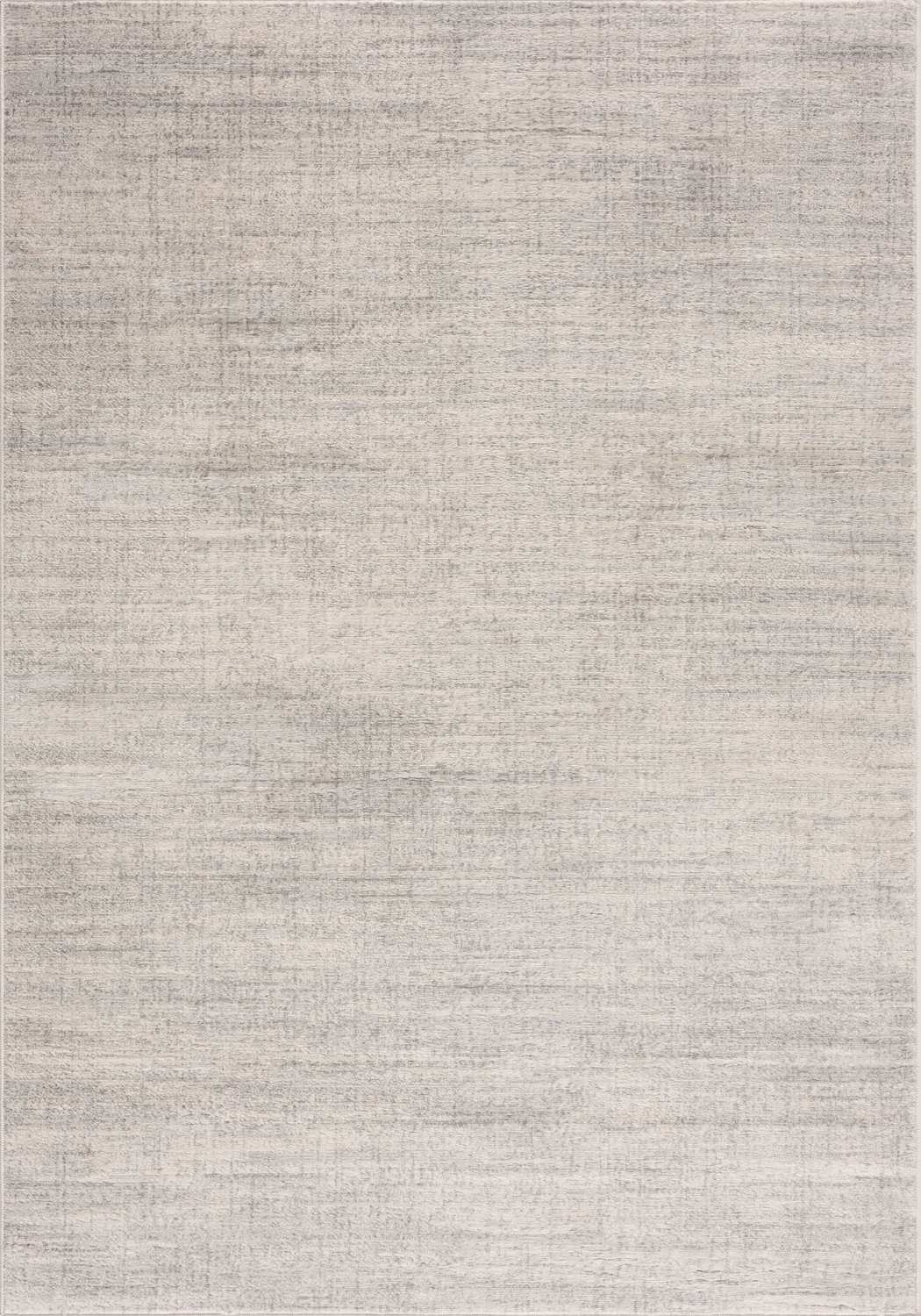


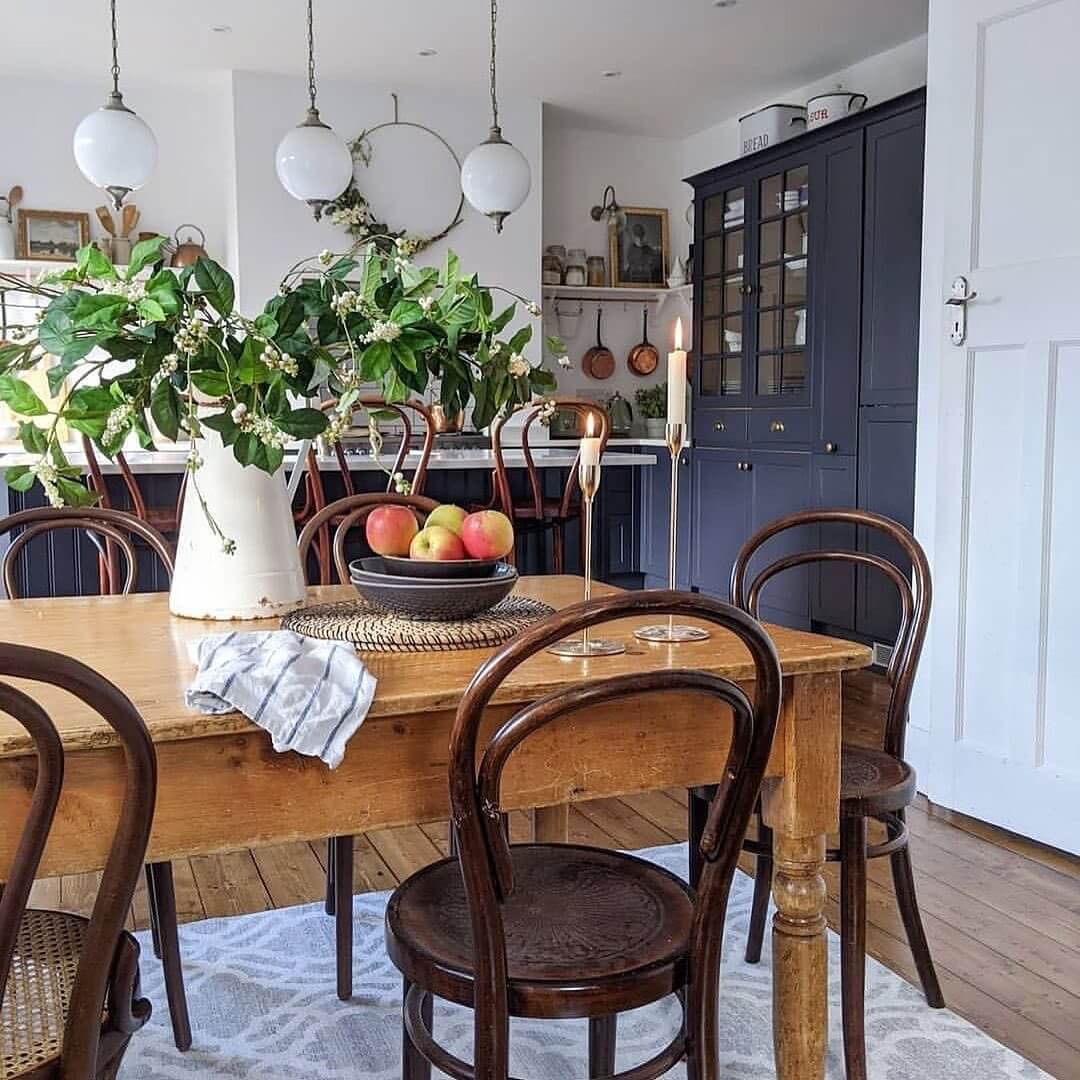
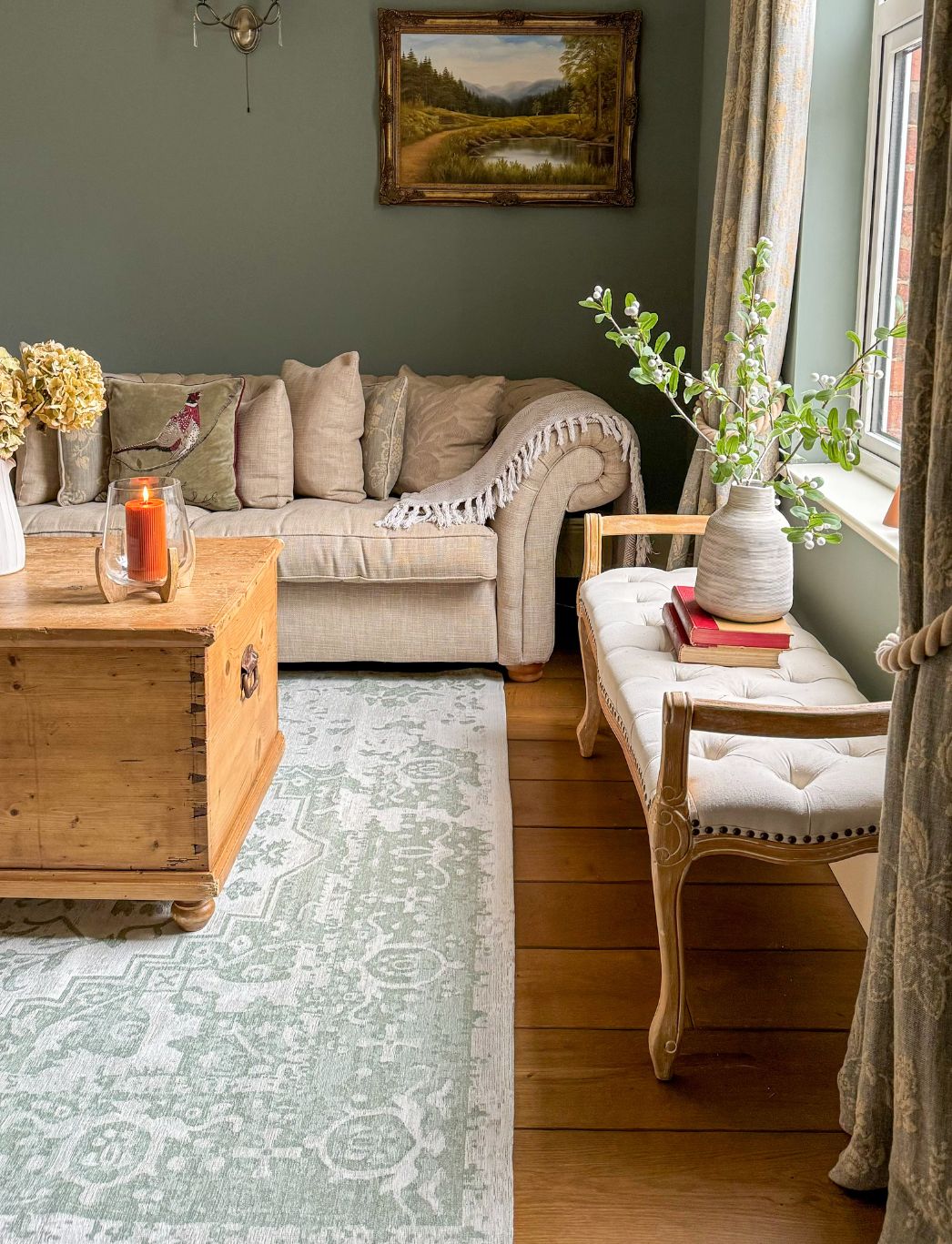
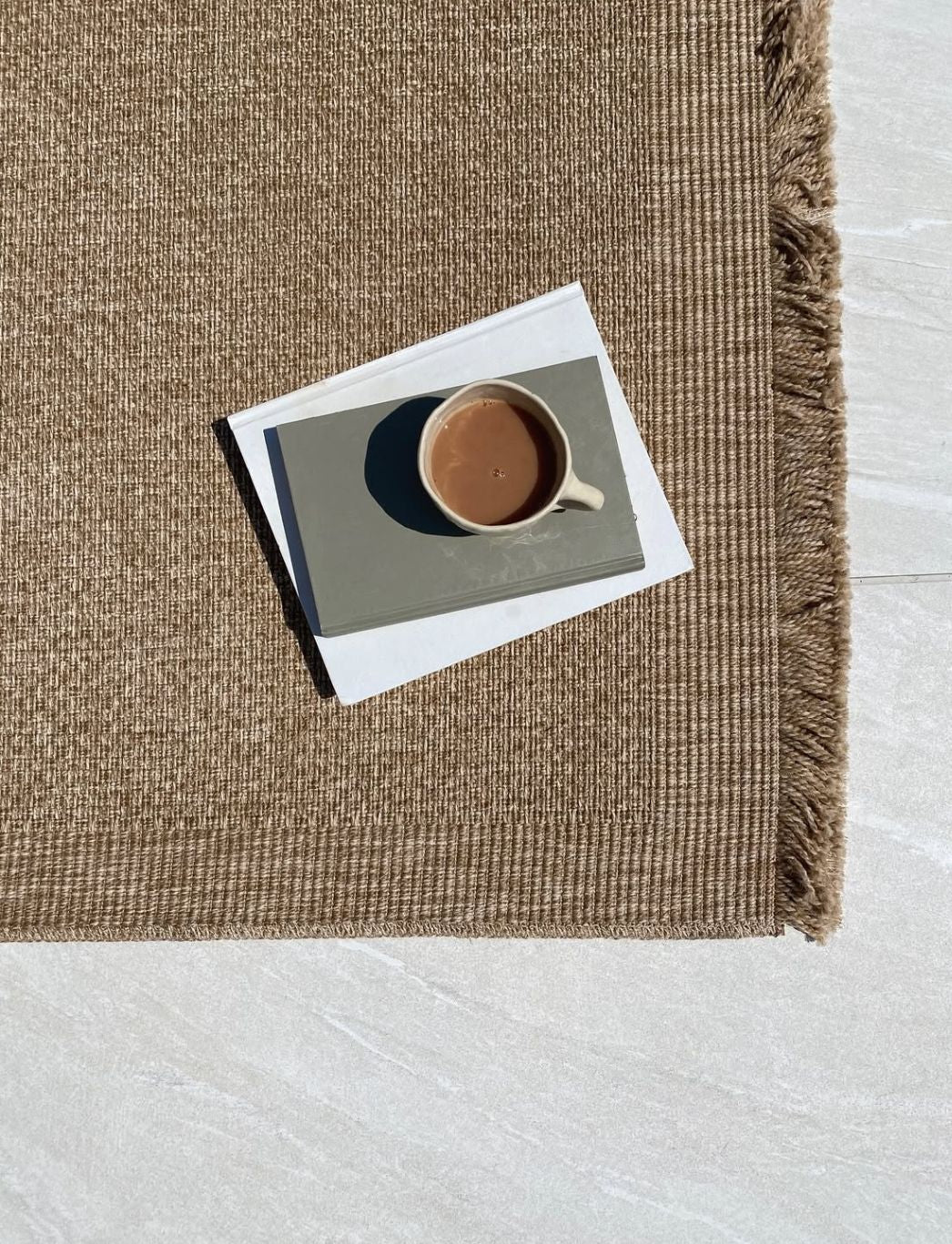
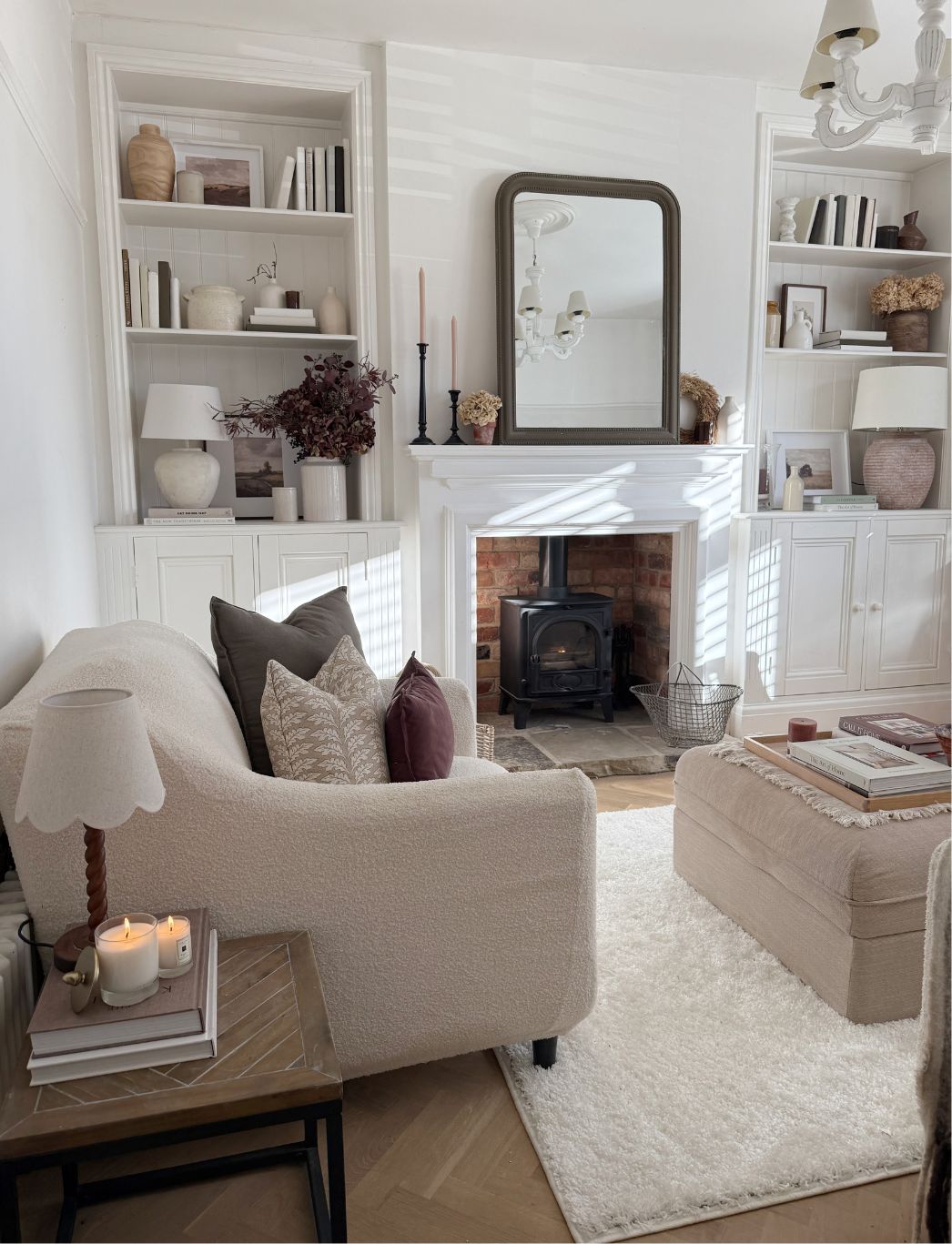
Leave a comment